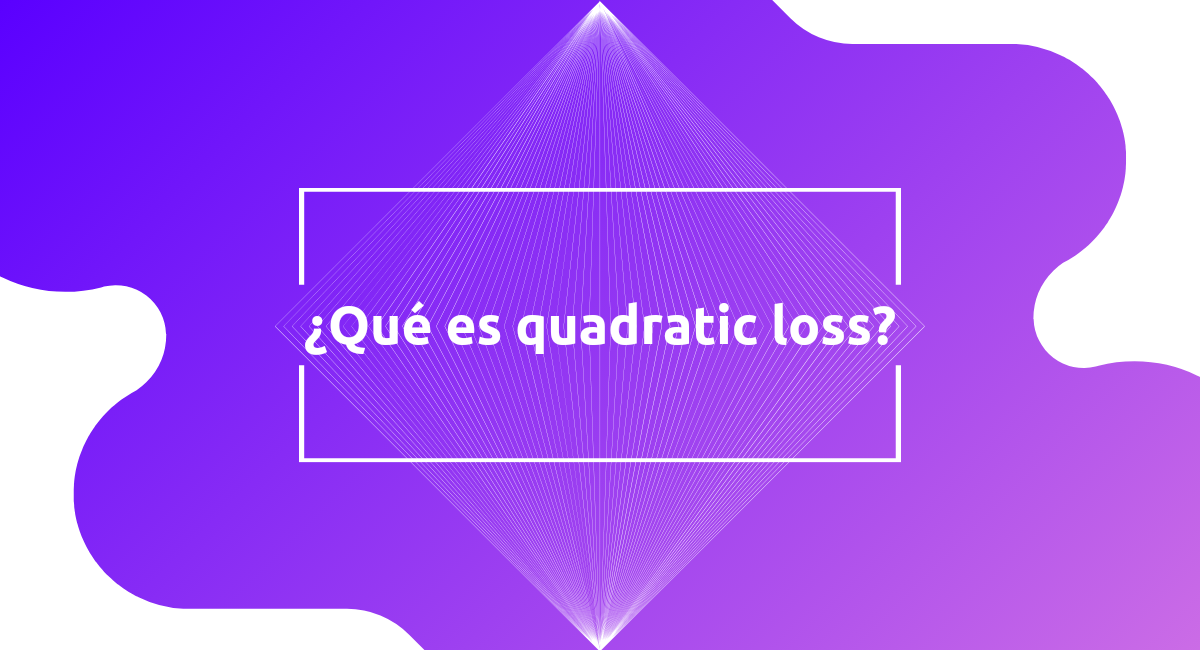Quadratic Loss
1. What’s quadratic loss?
The quadratic loss, is a fundamental metric in the field of Machine Learning since it evaluates the performance of a model by measuring the discrepancy between the predictions generated by the model and the actual values. This calculation involves squaring the individual differences between predictions and actual observations, and then averaging the results. The quadratic loss stands out for significantly penalizing the most significant errors, giving greater weight to considerable discrepancies between the model predictions and the real data, which makes it a valuable tool for the evaluation of predictive models.
2. What’s the quadratic loss function?
The main usefulness of quadratic loss in machine learning lies in its ability to evaluate and optimize models in regression problems. By squaring the differences between predictions and actual values, this metric effectively highlights the most egregious errors, providing machine learning algorithms with clear feedback on the accuracy of their predictions. Its sensitivity to significant deviations allows models to be adjusted to minimize these errors, thus contributing to improving predictive capacity. Additionally, quadratic loss facilitates mathematical differentiation, simplifying the optimization process through techniques such as gradient descent. This attribute makes it a valuable tool during model training, where parameter optimization is essential.
However, another notable utility of quadratic loss lies in its intuitive interpretation. By squaring the differences, the metric assigns considerable weight to the most pronounced errors, which more realistically reflects the importance of correcting notable discrepancies. This property makes the quadratic loss especially effective in scenarios where significant errors are sought to be minimized, such as in the accurate prediction of numerical values. The clarity in the penalty for notable deviations makes it easier to identify and correct weaknesses in the models, contributing to a more effective and accurate machine learning process.
3. Examples of quadratic loss in algorithms.
- Linear regression.
- Polynomial regression.
- Support vector machines (SVR).
- Decision trees.
- Random Forest.
- Regression neural networks.
Do you need to develop quadratic loss in your ML model?
We can help you develop it! We are specialists in the development on data and AI based projects.


